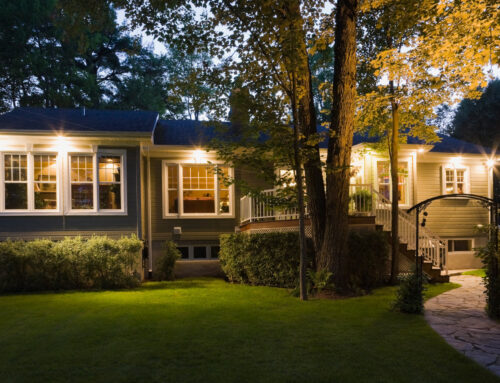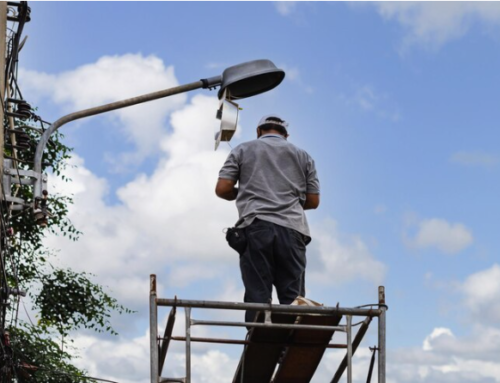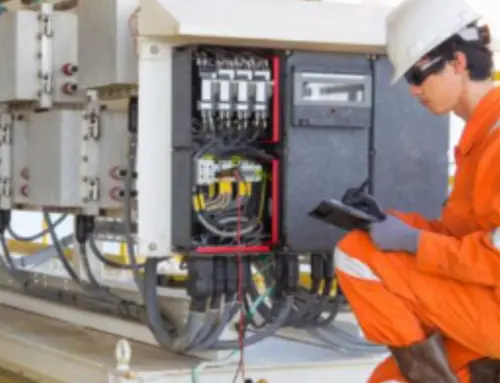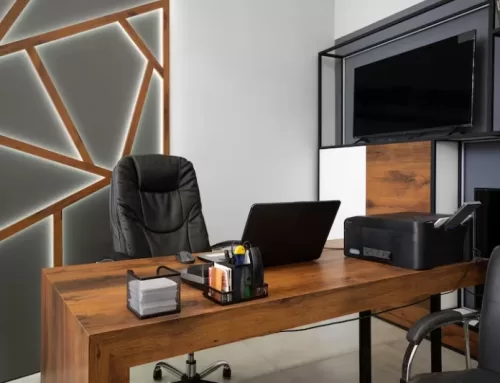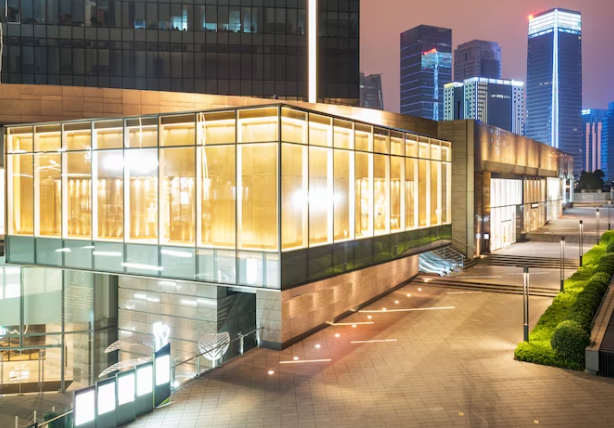 Energy efficiency has become a hot topic in recent years, and for good reason. Not only does it help reduce energy consumption and save money for individuals and businesses alike, but it also plays a crucial role in combating climate change.
Energy efficiency has become a hot topic in recent years, and for good reason. Not only does it help reduce energy consumption and save money for individuals and businesses alike, but it also plays a crucial role in combating climate change.
One area where energy efficiency can make a significant impact is commercial buildings. These structures are responsible for a large portion of energy usage in the world, so finding ways to improve their efficiency can have far-reaching effects.
Whether you’re a business owner, property manager, or simply interested in reducing your carbon footprint, this post is for you!
What is Commercial Energy Efficiency?
Let’s first define what commercial energy efficiency means. It refers to the measures taken to reduce a building’s energy consumption while still maintaining its functionality and comfort levels. These buildings can include offices, retail spaces, hotels, hospitals, and more.
Commercial energy efficiency involves identifying areas where energy is being wasted and implementing strategies to improve the performance of a building’s systems and equipment. This can result in significant cost savings on electricity and gas bills while also reducing greenhouse gas emissions.
Modern Lighting’s Brilliance
When it comes to lighting, it’s fascinating to see how modern, energy-efficient LED lights not only save energy but also save ancillary costs associated with frequent replacements due to their longer lifespans. Transitioning from traditional lighting systems to LEDs thereby raises the banner of both energy saving and cost-effectiveness.
The Importance of Energy-Efficient Technology
In the world of critical operational equipment and machinery, embracing Energy Star-rated products perfectly aligns with an energy-efficient mentality. These devices are built for efficiency, ensuring high performance while consuming minimal energy.
Investing in these environmentally friendly choices can often lead to long-term energy savings. The electrical system is embedded in the framework of a commercial building, a complicated web where minor errors can contribute to major energy waste.
At Starnes Electric LLC, our experienced electricians delve into complex electrical mazes, resolving issues such as inadequate wiring and inefficient layouts. We ensure that electrical infrastructures are designed and maintained to be as efficient as possible.
What are the methods and strategies to improve energy efficiency of buildings?
So now that we understand what commercial energy efficiency is, how exactly can we improve it? Here are some methods and strategies to consider:
- Conduct an energy audit: The first step in uncovering hidden energy wasters is to conduct an energy audit. This involves a thorough evaluation of all the systems and equipment in your building, from lighting and HVAC to appliances and insulation. An energy auditor will be able to identify areas where energy is being wasted and make recommendations for improvements.
- Upgrade to LED lighting: One of the most effective ways to improve energy efficiency is by upgrading to LED lighting. These bulbs use significantly less energy than traditional incandescent or fluorescent bulbs while producing the same amount of light. They also have a longer lifespan, reducing maintenance costs as well.
- Utilize natural light: By using natural light, you can save money on lighting costs. This means making the most of windows and skylights to reduce the need for artificial lighting during daylight hours. Consider installing sensors that can automatically adjust lighting levels based on natural light available.
- Optimize HVAC systems: Heating, ventilation, and air conditioning (HVAC) systems are a significant source of energy consumption in commercial buildings. Regular maintenance and upgrades can improve their efficiency, such as replacing old equipment with newer, more energy-efficient models or installing programmable thermostats to control temperature settings.
- Use smart building technology: The rise of smart building technology has made it easier than ever to monitor and manage a building’s energy usage. These systems use sensors and data analytics to optimize energy consumption, from adjusting lighting levels to controlling HVAC systems. They can also identify potential areas for improvement and provide real-time energy usage data.
- Upgrade appliances: Another source of energy waste in commercial buildings is old, outdated appliances. By upgrading to newer energy-efficient models, businesses can save on their utility bills while reducing their environmental impact. Look for appliances with an Energy Star label, which indicates they meet strict efficiency guidelines set by the Environmental Protection Agency (EPA).
- Improve insulation: Proper insulation is crucial for maintaining a comfortable indoor temperature and reducing the strain on HVAC systems. A well-insulated building will require less heating and cooling, leading to lower energy consumption. Consider insulating walls, floors, and attics to prevent heat from escaping during the winter and entering during the summer.
- Implement green roofing: Green roofs, or roofs covered with vegetation, have gained popularity in recent years due to their environmental benefits. Green roofs can act as natural insulation, absorbing heat and reducing the need for HVAC systems to work harder.
Trees also play an important role in reducing the urban heat island effect, which occurs when cities become significantly warmer than the surrounding areas due to human activities.
Using Human Behavior to Reduce Energy Consumption
Human behavior is a powerful technique for energy saving that exists outside of technology. Creating an organizational culture that values energy conservation can result in real-world energy savings. Simple techniques, such as utilizing natural light or turning off equipment when not in use, when combined with technology, herald a more sustainable economic future.
What Are The Recommendations For Improving Energy Efficiency?
With the methods and strategies mentioned above, here are some additional recommendations to help uncover hidden energy wasters and make your building more energy-efficient:
- Stay Updated: Regularly upgrade equipment and systems to the latest energy-efficient models.
- Educate and Engage: Ensure that all building occupants are aware of energy-saving practices.
- Regular Maintenance: Regularly service HVAC systems, lighting, and other equipment to ensure they operate efficiently.
- Implement Automation: Use sensors and automated systems to turn off lights and equipment when not in use.
- Seek Expertise: Collaborate with energy consultants or professionals for tailored solutions and ongoing recommendations.
Commercial energy efficiency is more than a phrase; it is a must in today’s corporate landscape. Commercial enterprises can strengthen their commitment to sustainability by implementing strategic techniques and following professional advice. This not only paves the way for a better planet, but it also translates into concrete savings, striking a harmonic balance between environmental duty and business practicality.
Contact Professional Electricians For Help!
When it comes to uncovering hidden energy wasters, it is essential to seek the help of professionals. Electricians with experience in commercial buildings can provide valuable insights into areas that need improvement and offer solutions to make your building more energy-efficient. They can also conduct thorough energy audits and suggest upgrades or replacements for outdated systems.
Moreover, hiring professional electricians ensures that all work is done safely and meets industry standards. This not only protects your employees but also prevents potential hazards such as electrical fires.
At Starnes Electric LLC serve as beacons, illuminating the route toward a future where every kilowatt is recognized, respected, and efficiently utilized through extensive audits, bespoke solutions, and a tireless pursuit of innovation.

